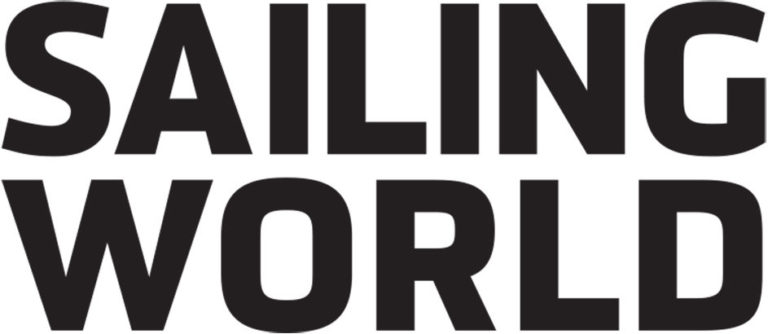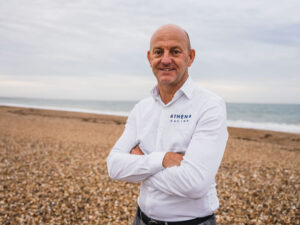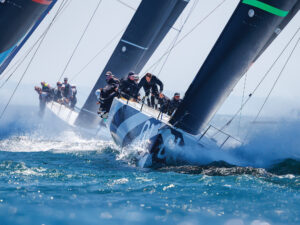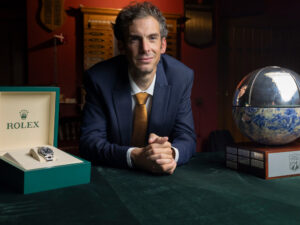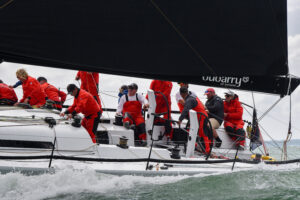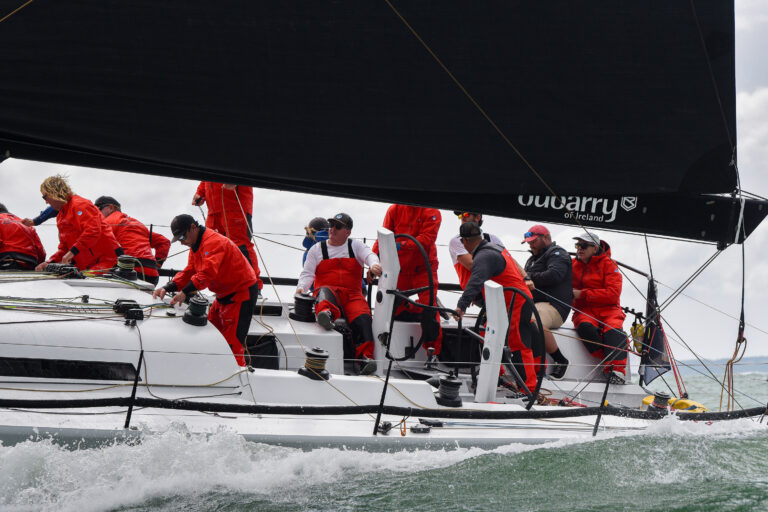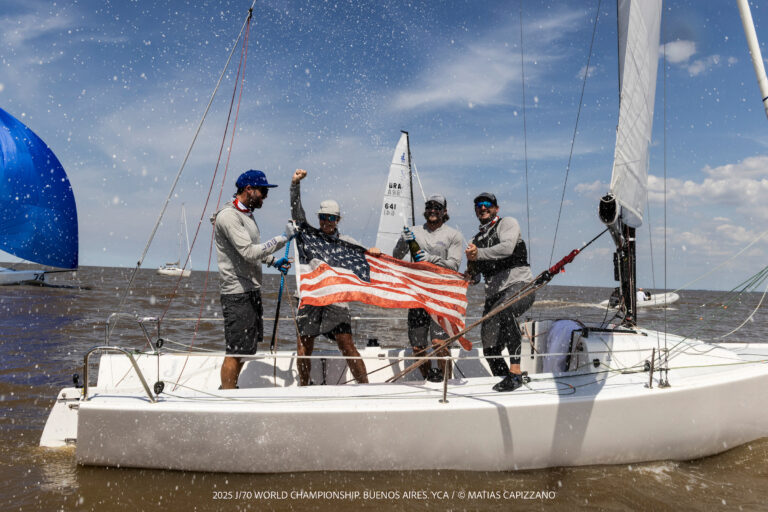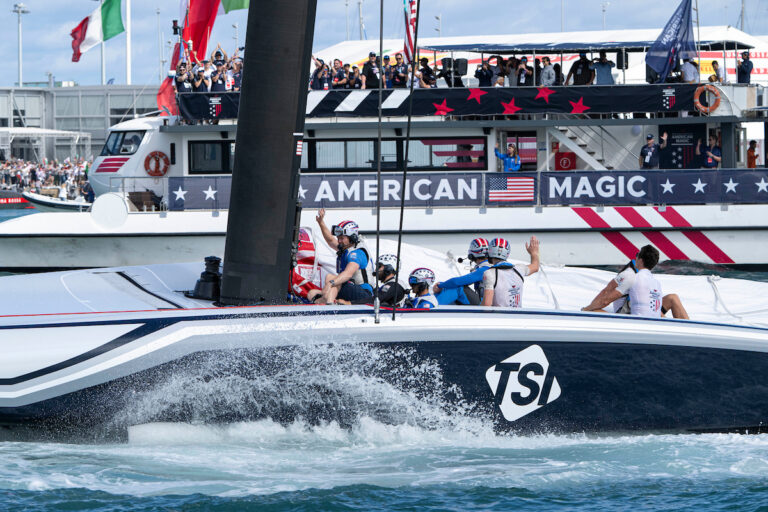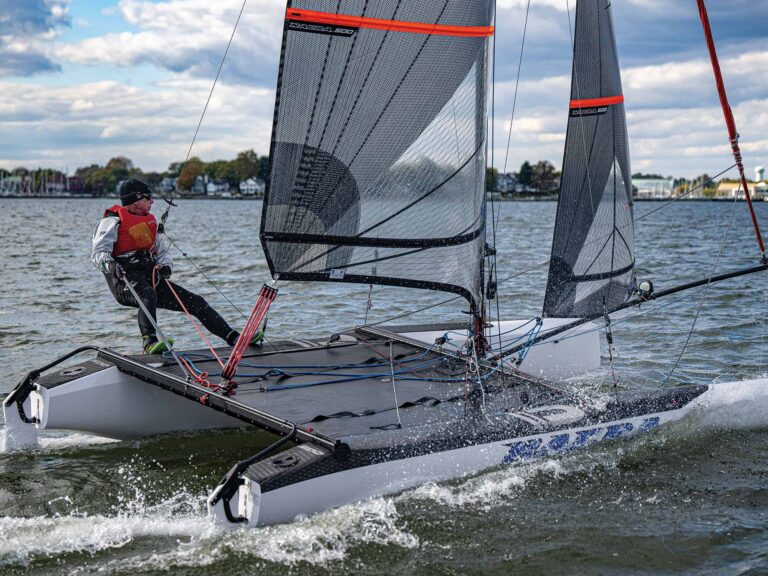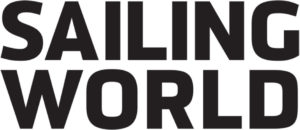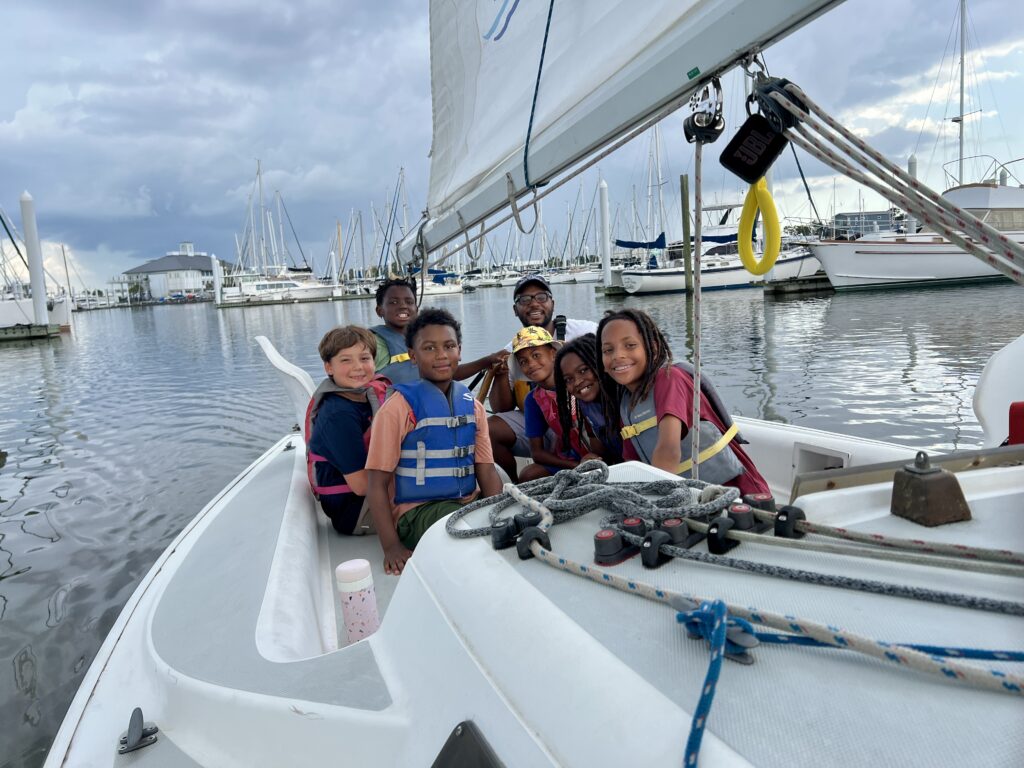
One of my favorite people was once a high school kid who loved to sail and lived to sail but worried that there was no place for him in sailing. I had no idea, until he came out gay in college and hit me with the word that, all through our good times, he had been terrified of rejection. He hid himself from our scary world. There is nothing unique in that story—except that soon after he came out, he was elected captain of his college sailing team.
What does a story like that mean in 2025? One of my convictions is that, if our sport remains as white a generation from now as it is today, the sport will be in trouble.
Is help on the way?
One of the sagest answers I ever gave my wife was this: When that guy pushes you out of the way and grabs the winch handle out of your hands and grinds like fury, just wait. Then quietly say, “It’s over trimmed.” You’ll probably be right.
One up on the status quo, they hope, the Magenta Project is presently embarked upon “the largest global equity and inclusion review ever undertaken in sailing and the wider marine industry.” They call it 2X25. This is an international effort backed by the nonprofit 11th Hour Racing and World Sailing, with a scope embracing gender, race, age and disability wherever people sail.
And yes, we know that conversations in the US have taken a turn. All the more reason to ask the questions, draw the contrasts and look at the granular level. Five years ago, I moderated US Sailing’s first round-table foray into a DEI subject. No one involved has about-faced, but is there a vector 2025?
Magenta Project CEO Victoria Low expects to find no surprises when the survey is complete and published in November, but she champions the value of data in sustaining a mission that is widely valued. Regarding representations of sailors in wheelchairs, or people of color, or women offshore, she says, “We argue that whatever we do has to have longevity. Pretty pictures on Instagram don’t move the ball, and you don’t just slap on initiatives with no follow through.”
The 2025 survey thus looks to include the maritime industry as a source of key metrics. But Low says outright that she expects the volume of data regarding race to be too low to be significant.
OK, you don’t need data for this one. Just go look.
On gender issues, 87 percent of early respondents say that female representation has improved in the last five years while 79 percent see gender imbalance as an issue. Of note—68 percent of early respondents are under 44 and 73 percent are female, but male responses are running ahead of previous surveys.
“One of my convictions is that, if our sport remains as white a generation from now as it is today, the sport will be in trouble.
Adaptive sailing had a brief showing in the Paralympic Games but has been shut out since 2016. That’s no barrier to the next person to set sail under any of seven classifications of impairment, but it may speak to the priorities, or failures, of someone, somewhere.
In the US, community sailing is key to supporting new people. At my quite-white yacht club, I have sponsored more than one unwhite kid into junior membership. They each came out of community sailing, but they fit. Will they stick? The question applies to any 16-year-old. Take two aspirin and call me in a generation.
There are community sailing programs doing important work in hotspots all around the country. Newly-blossomed, Community Sailing New Orleans is on a fast growth curve after a long, slow development bulldogged by John Manard, yachtsman, attorney and hard traveling father to an All-American sailor. Manard was on a mission sparked by a conviction that the privileged existence he and his own share “isn’t fair.”
In New Orleans, the West Side has been a world apart with parks, marinas and yacht clubs. Other communities were not welcomed. Manard and a like-minded cohort believed they could build a better world through sailing, “but not through transitory recreational sailing alone,” Manard says. “This region has a strong maritime industry, but there are people who are cut off from even knowing that opportunities exist. Addressing that is one contribution we can make. We had to find ways to reach out, persuade people they would be welcome on the West Side, and there are people who care, and it can make a difference.
“As I went around the country looking for inspiration,” Manard says, “Charlie Zechel at Community Boating Boston was a key player. We talked for days. Then he said, ‘OK, you have to do every one of those things we’ve been talking about but, ultimately, only three things matter: swimming, transportation and mom, not necessarily in that order.’”
After a decade of probing and proselytizing, Manard spearheaded a program in 2019 with a lease from the city, a trailer and about 50 boards and boats. He was backed by directors divided between bankers (“It had to have legs”) and representatives of target communities. Immediately, Covid hit hard, followed by more twists and turns, some of them positive.
While commonalities exist across all community sailing programs, each is uniquely local. No program hoping to match NOLA’s plan to expand to serve 2,800 people by 2027 could count on a partnership with Tulane University’s Green Wave Sailing and the recently-launched Libby and Robert Alexander Community Sailing Center. We’ll come back to that.
On my US Sailing panel five years ago was Francesca “Frankie” Clapcich, who says now, as a known and accomplished professional sailor, “Things are definitely better out there. Young people have more pathways. Even so, I cannot imagine being a young woman of color trying to find a footing in this sport.”
On the panel was my friend John DeRuff, in the working world after a run as the most famously out man in college sailing. He says now, “Seeing changes rolled back in the US that we imagined were permanent, it’s important to take a stand. But even though I know what it is like to look around at times and be the only one of me, I don’t feel push back. I think I could go anywhere and just sail.”
Just sail. With Tulane’s reentry into varsity sailing, it became a key partner in Community Sailing New Orleans. The Green Wave shares the Sailing Center as an anchor tenant. Guy Brierre, a former volunteer coach and a past commodore of Southern Yacht Club, says now, “I look at Lake Pontchartrain, and almost every day I see Sailing Center boats out there. Up close, you can’t miss how connected the instructors are to their kids, how emotionally wrapped up they are. Last summer I took my powerboat out with a bunch of parents who don’t normally get to see this, and the kids were yelling, ‘Mom! Look at me! Look at me!” They were so proud. You can’t put a price on that.”
All of which means something. I’ll have to get back to you on what.
